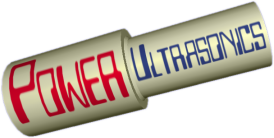Hi,
Our company is dealing with ultrasonic welding equipment. I would like to know if you can recommend proved software for sonotrode design. I heard about a French program "ATILA", which cost a fortune, and I don't know if it was proved in the field!
I will appreciate your opinion and suggestions.
Best Regards
Ronald
Forums
